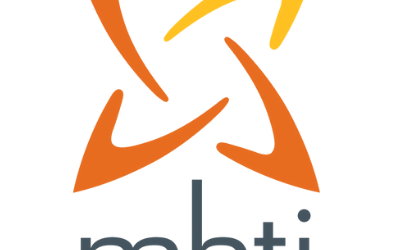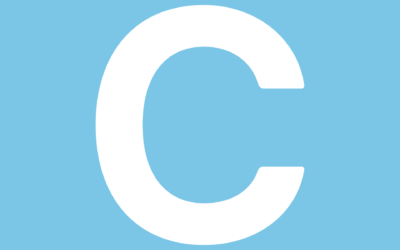Using Your WHY To Set Your Target
Let’s use the common goal of weight loss. Most often people set it in a vague way. For example, “I want to lose weight.” They may even determine how much weight they want to lose and by when “I want to lose 15 pounds in 3 months.” However, this does not set the tone or the passion for the goal.
Identifying The WHY
This is the step you need to include in order to increase your chances of achieving your goal. Identify your WHY for each of those below, you can identify more than one. As a matter of fact, there is more power with the more you identify.
WHY do you want to lose weight? For example, “I’m several pounds heavier than I was this time last year” or “I’m worried about my health” or “Every year my weight increases by ____ amount.”
WHY is losing weight important? For example, “I want to fit in some of my favorite clothes” or “I will feel more confident about my appearance” or “Losing weight will increase my energy.”
WHAT is it COSTING you? WHAT is the PRICE you’re paying for not accomplishing? For example, “It’s causing high blood pressure” or “Having to purchase new clothes is cutting into my budget.”
WHAT is the payoff or reward for achieving this goal? For example, “I will have better energy so I can spend more quality with my spouse, children, and friends” or “I will have greater energy and enjoy more time on my hobbies” or “I will have greater confidence about my appearance” or “I will live longer” or “I can enjoy my grandchildren longer.”
Not only is it important to identify the payoff for you, it is important to identify who else will benefit from your achievement(s). For example, “Better quality time with my wife”, “My children and grandchildren will have better quality time with me” or “I will have greater energy to spend helping others and/or volunteering.”
-
- Write down your goal(s).
- Write down the timeline and system (the schedule and how).
- Write down the cost of not doing so.
- Write down the payoff for achieving the goal(s).
- Write down the “who for.”
- Share all of these items with someone else. Having an accountability partner also increases your success rate.
For more articles and information on personal and professional development, go to https://www.
More From Michele
Eight Cognitive Functions of the MBTI
The 16 MBTI types can be simplified into 8 Cognitive Functions Important to remember: Everyone uses all 8 functions Our type determines our ability to use each function 2 will serve as our strengths 2 will serve as our weakness or blind spots The remaining 4 are our...
Importance of Non-Verbal Communication
The other day while I was grooming my horse, it hit me how important non-verbal communication is. In the words of Keith Whitley, There is so much that is being said “when you say nothing at all”. There is so much trust, loyalty, vulnerability, and even communication...
Tips For The “C” Style Interaction, The DiSC Personality Type Assessment
How the high "C" works with . . . High "D" During stressful times and conflict the High "C" might: View the High "D” as argumentative, dictatorial, arrogant, domineering, nervous, pushy & impetuous Become defensive Tension: High “C” focuses on detail; High...










